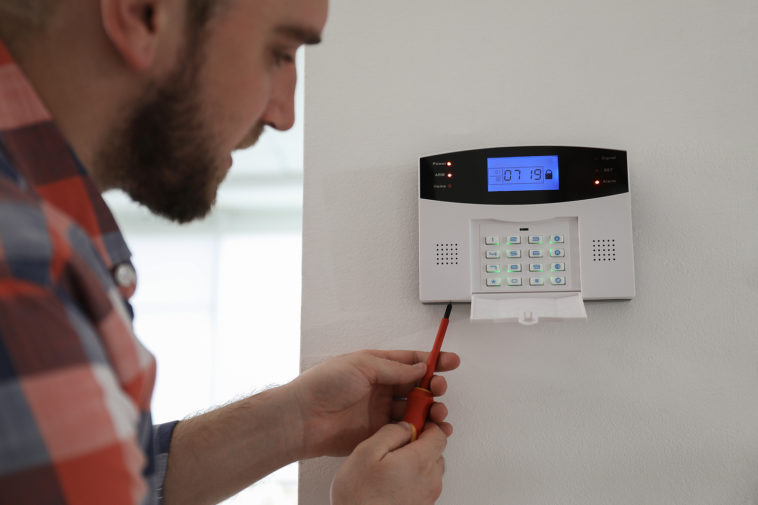DIY Home Security
When it comes to the safety and security of your home, it's essential to take proactive measures. While professional security systems are a popular choice, they can be expensive and may require monthly monitoring fees. Luckily, there are plenty of affordable and effective do-it-yourself (DIY) home security options available. In this comprehensive guide, we will explore various DIY home security measures you can implement to protect your home and provide peace of mind. From basic preventative measures to advanced smart home technology, you can create a customized security system that fits your needs and budget.
Assess Your Home's Vulnerabilities
Before diving into specific DIY security measures, start by assessing your home's vulnerabilities. Walk around your property and identify potential points of entry, weak spots, or areas that are less visible from the street. Pay attention to landscaping, lighting conditions, and the condition of doors and windows. This evaluation will help you prioritize security improvements and make informed decisions about the steps to take.
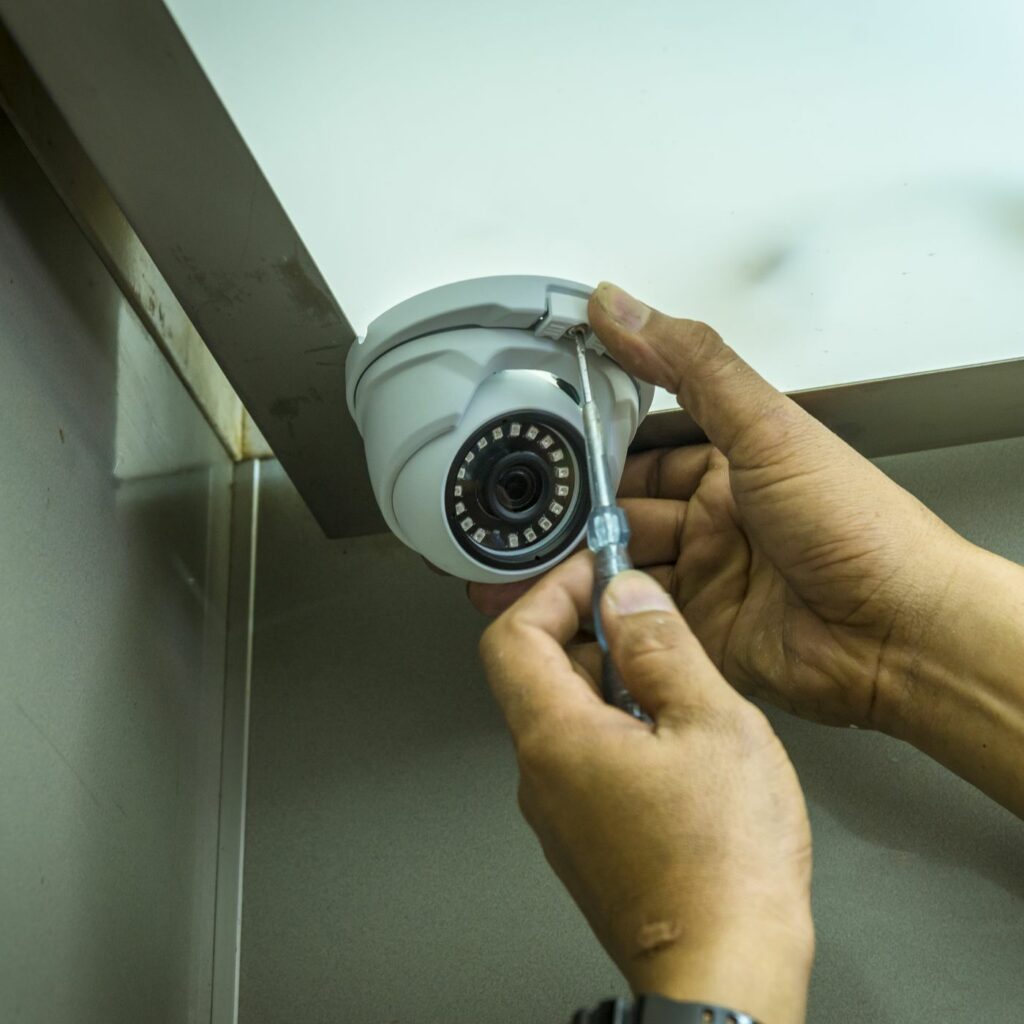
Improve Physical Security
Enhancing physical security measures can significantly deter potential burglars. Here are some DIY methods to improve physical security:
Deadbolt Locks: Install high-quality deadbolt locks on all exterior doors. Ensure the strike plates are sturdy and properly installed.
Window Security Film: Apply window security film to reinforce glass windows and make them more resistant to break-ins.
Security Bars or Grilles: Install security bars or grilles on basement windows or windows that are easily accessible from the ground.
Reinforce Door Frames: Strengthen door frames with reinforcement plates or strike plates to prevent forced entry.
Secure Garage Doors: Install a deadbolt or padlock on the garage door, and ensure the door connecting the garage to the house has a strong lock.
Enhance Lighting and Visibility
A well-lit home acts as a deterrent to potential burglars. Enhance lighting and visibility around your property using these DIY methods:
Outdoor Lighting: Install motion-sensor lights near entrances, walkways, and dark areas around your property. Opt for LED lights for energy efficiency.
Smart Lighting: Utilize smart lighting systems that allow you to control and schedule lights remotely, giving the appearance of an occupied home.
Trim Landscaping: Trim back bushes, hedges, and trees near windows and entry points to eliminate potential hiding spots.
Neighborly Watch: Coordinate with your neighbors to keep an eye on each other's homes. Inform them of your travel plans and ask them to report any suspicious activities.
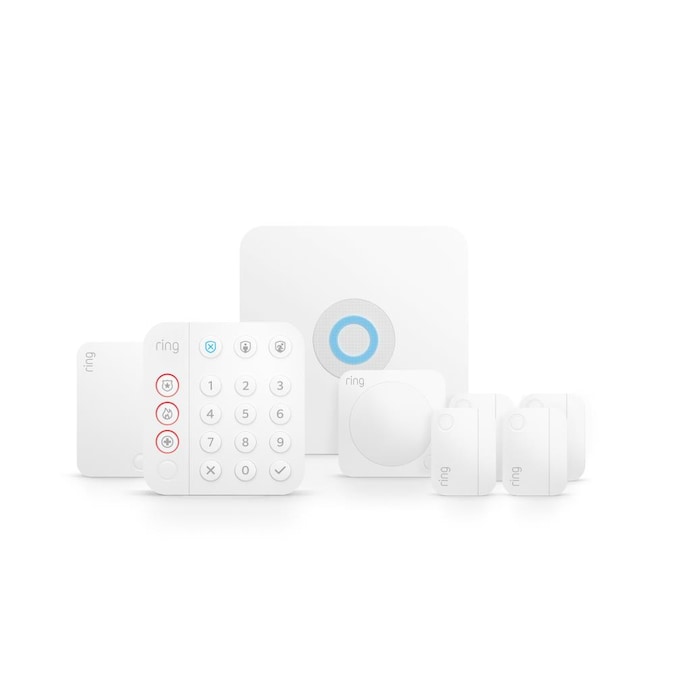
Secure Doors and Windows
Doors and windows are common entry points for burglars. Reinforce them using these DIY methods:
Window Locks: Install window locks or window security pins to prevent intruders from opening windows.
Security Window Film: Apply security window film to reinforce glass windows and make them more resistant to break-ins.
Door Reinforcement: Add a door jamb reinforcement kit or a door security bar to strengthen entry doors.
Sliding Door Security: Install a sliding door lock or place a dowel rod in the track to prevent the door from being forced open.
Smart Doorbell Camera: Install a smart doorbell camera that allows you to see and communicate with visitors remotely.
Install DIY Security Cameras
Installing DIY security cameras provides an extra layer of protection and allows you to monitor your home remotely. Consider these options:
Wireless Security Cameras: Choose wireless security cameras that connect to your home's Wi-Fi network. They are easy to install and can be placed both indoors and outdoors.
Battery-Powered Cameras: Opt for battery-powered cameras if you want flexibility in camera placement without the need for electrical wiring.
DIY Camera Systems: Set up a DIY camera system using multiple cameras connected to a network video recorder (NVR) or a computer.
Cloud Storage: Use cloud storage services or a personal NAS (network-attached storage) device to store video footage securely.
Ensure you position the cameras strategically to cover vulnerable areas such as entry points, driveways, and backyard.
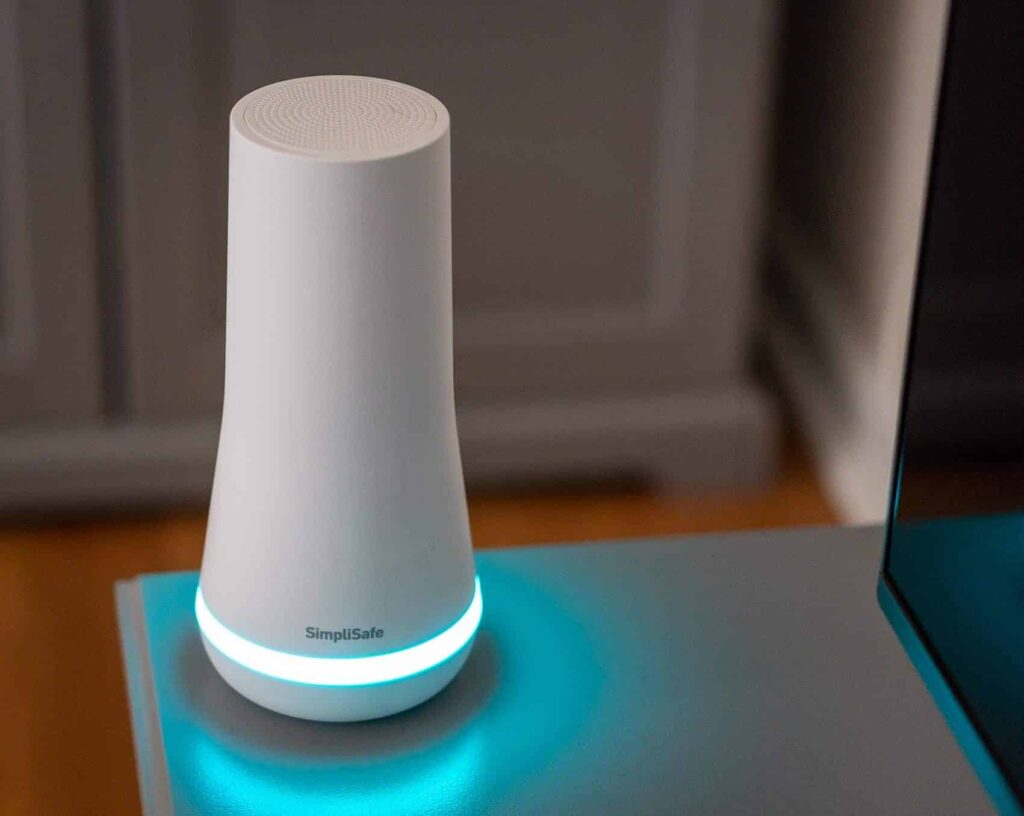
Implement Smart Home Security Systems
Harness the power of smart home technology to enhance your DIY home security system. Consider these smart security solutions:
Smart Locks: Install smart locks that allow you to control and monitor access to your home remotely. Grant temporary access codes for visitors or service providers.
Smart Security Systems: Invest in a DIY smart security system that includes sensors for doors and windows, a control panel, and a mobile app for remote monitoring and alerts.
Smart Motion Sensors: Place smart motion sensors strategically to detect movement and trigger alarms or notifications.
Smart Smoke and Carbon Monoxide Detectors: Upgrade to smart smoke and carbon monoxide detectors that send alerts to your phone and provide early warning in case of emergencies.
These smart home security systems provide convenience, automation, and added peace of mind.
Create the Illusion of Occupancy
When you're away from home, creating the illusion of occupancy can deter potential burglars. Employ these simple tricks:
Timers for Lights and Electronics: Use timers to turn lights, radios, or TVs on and off at different times to simulate activity inside the house.
Smart Plugs: Utilize smart plugs to control lamps or small appliances remotely, giving the appearance of someone being home.
Hold Mail and Packages: Arrange for mail and package holds or ask a neighbor to collect them to avoid a buildup that signals an empty house.
Maintain Home Security Awareness
A DIY home security system requires ongoing maintenance and awareness. Follow these tips to keep your home secure:
Regular System Checks: Test your security system regularly to ensure all sensors, cameras, and alarms are functioning correctly.
Change Access Codes: Change access codes and passwords periodically, especially after granting temporary access to others.
Update Software and Firmware: Keep all smart devices and security system software up to date to protect against potential vulnerabilities.
Security Signs and Stickers: Display signs and stickers indicating that your home is protected by a security system, even if it's a DIY one.
Home Security Checklist: Develop a home security checklist to ensure all doors, windows, and security measures are in place before leaving the house.
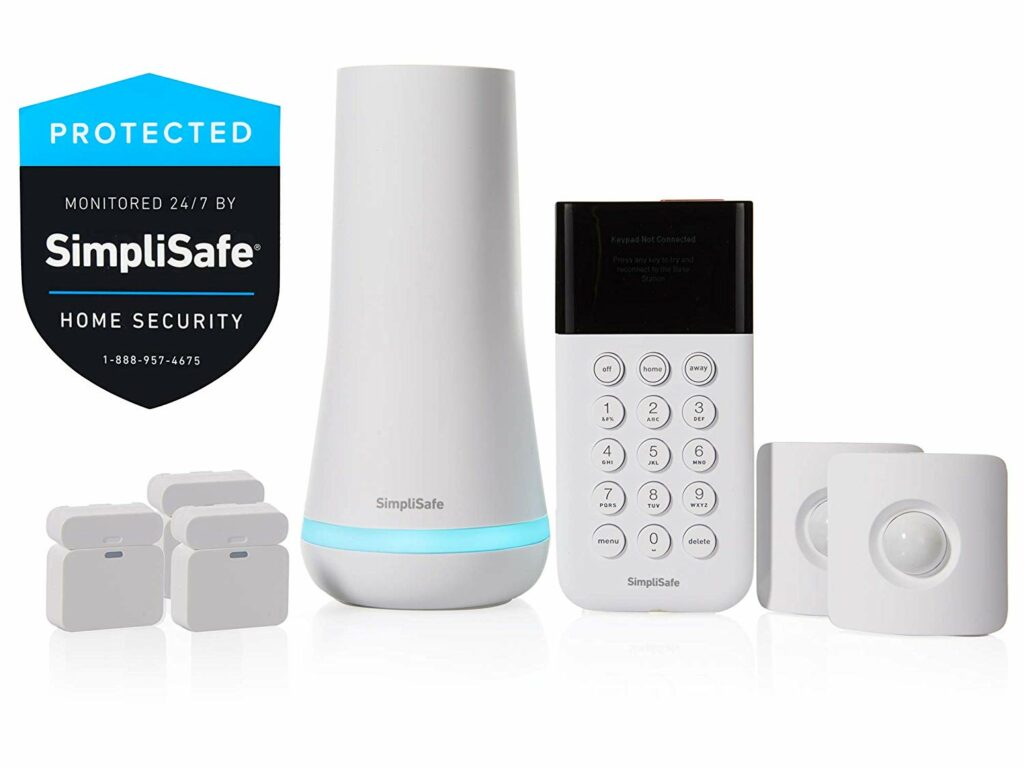
Neighborhood Watch and Community Involvement
One of the most effective and cost-efficient ways to enhance home security is by participating in a neighborhood watch program or getting involved in your local community. Here's how you can contribute:
Join or Start a Neighborhood Watch: Collaborate with your neighbors to form a neighborhood watch group. Regularly communicate and share information about suspicious activities or concerns in the area. Establish a system for reporting incidents and keep each other informed about any security-related issues.
Attend Community Meetings: Stay updated on community meetings and events where local law enforcement or security professionals may share valuable home security tips and information. Engaging with your community allows you to gain insight into the specific security challenges faced in your area and learn from others' experiences.
Share Information and Resources: Share home security tips and resources with your neighbors through community forums, social media groups, or email lists. Encourage open communication and the exchange of ideas to promote a safer neighborhood environment.
Emergency Preparedness and Home Security Alarms
While prevention is key, it's also crucial to prepare for emergencies and have reliable alarm systems in place. Consider the following:
Install Smoke and Carbon Monoxide Alarms: Ensure your home is equipped with functioning smoke and carbon monoxide alarms. Test them regularly and replace batteries as needed. These alarms provide early detection and can save lives in the event of a fire or carbon monoxide leak.
Create a Home Emergency Plan: Develop a comprehensive emergency plan that includes evacuation routes, meeting points, and contact information for emergency services. Share this plan with your household members, and regularly practice drills to ensure everyone knows what to do in case of an emergency.
Invest in Home Security Alarms: Consider installing professionally monitored home security alarms if you desire additional peace of mind. These systems typically come with 24/7 monitoring and emergency response services. Research reputable security companies and choose a system that aligns with your budget and specific needs.
Continuous Learning and Improvement
Home security is an ongoing process, and it's essential to stay informed about the latest trends, technologies, and best practices. Here are some ways to continue learning and improving your DIY home security:
Read Security Blogs and Publications: Stay up to date with the latest security trends, tips, and innovations by following reputable security blogs and publications. These resources often provide valuable insights and expert advice on enhancing home security.
Attend Security Workshops or Webinars: Look for local workshops or webinars hosted by security professionals or law enforcement agencies. These educational events can help you gain practical knowledge and skills related to home security.
Consult with Security Professionals: If you have specific concerns or questions about your home's security, consider consulting with a professional security expert. They can provide personalized recommendations based on your home's layout, vulnerabilities, and your budget.
Conclusion
With the right DIY home security measures, you can protect your home, belongings, and loved ones without breaking the bank. Assess your home's vulnerabilities, improve physical security, enhance lighting, secure doors and windows, install DIY security cameras, implement smart home security systems, create the illusion of occupancy, and maintain home security awareness. By combining these affordable and effective DIY solutions, you can achieve a secure and peace-of-mind-inducing home environment.


